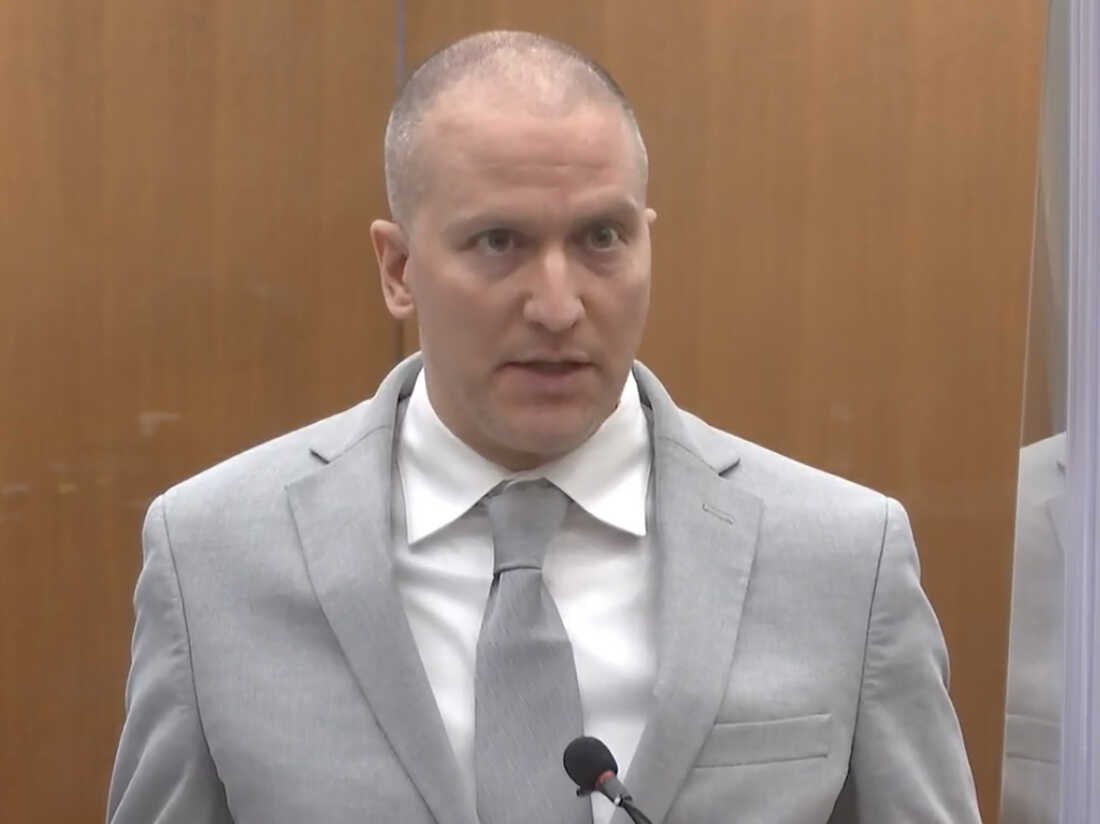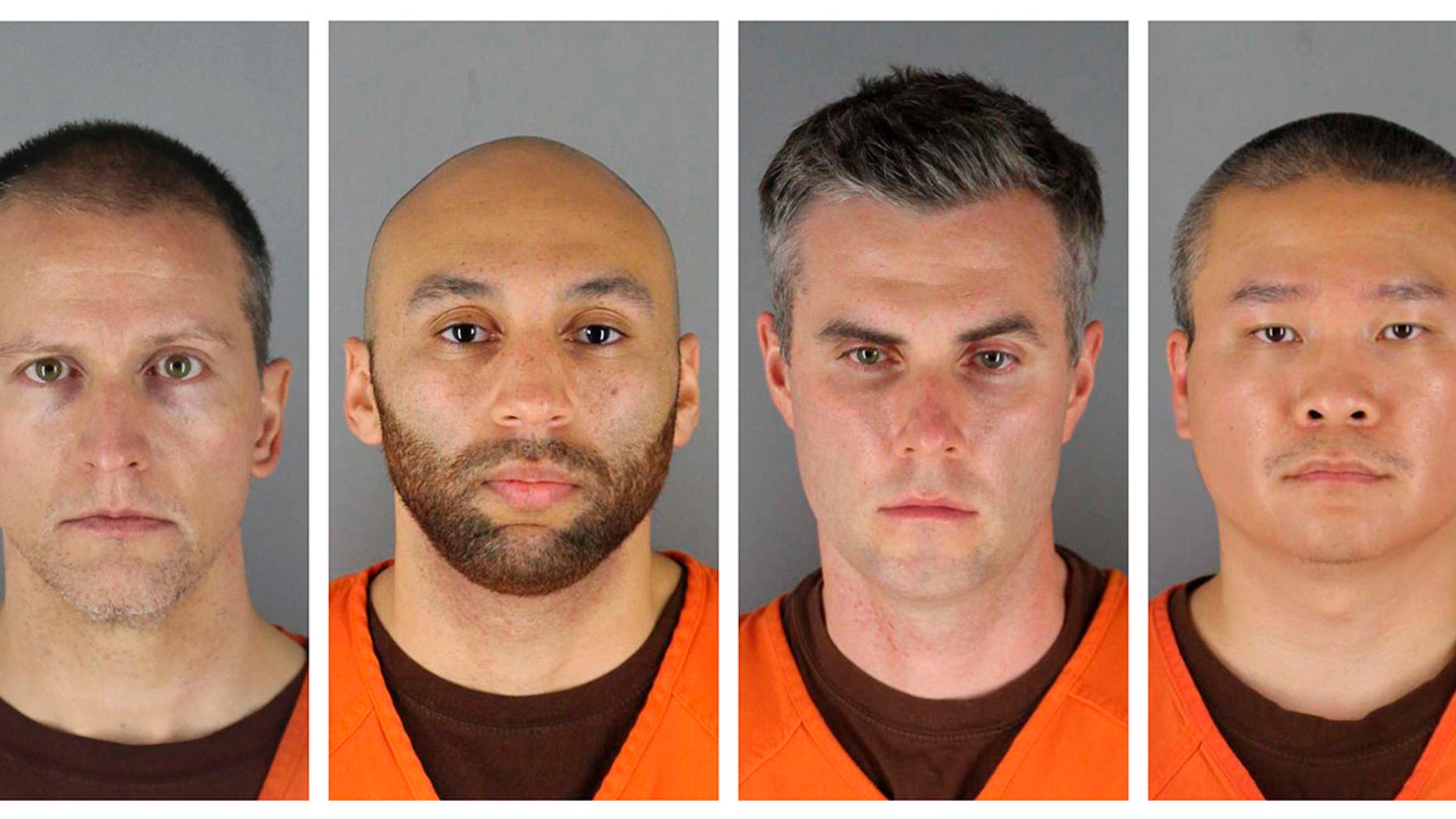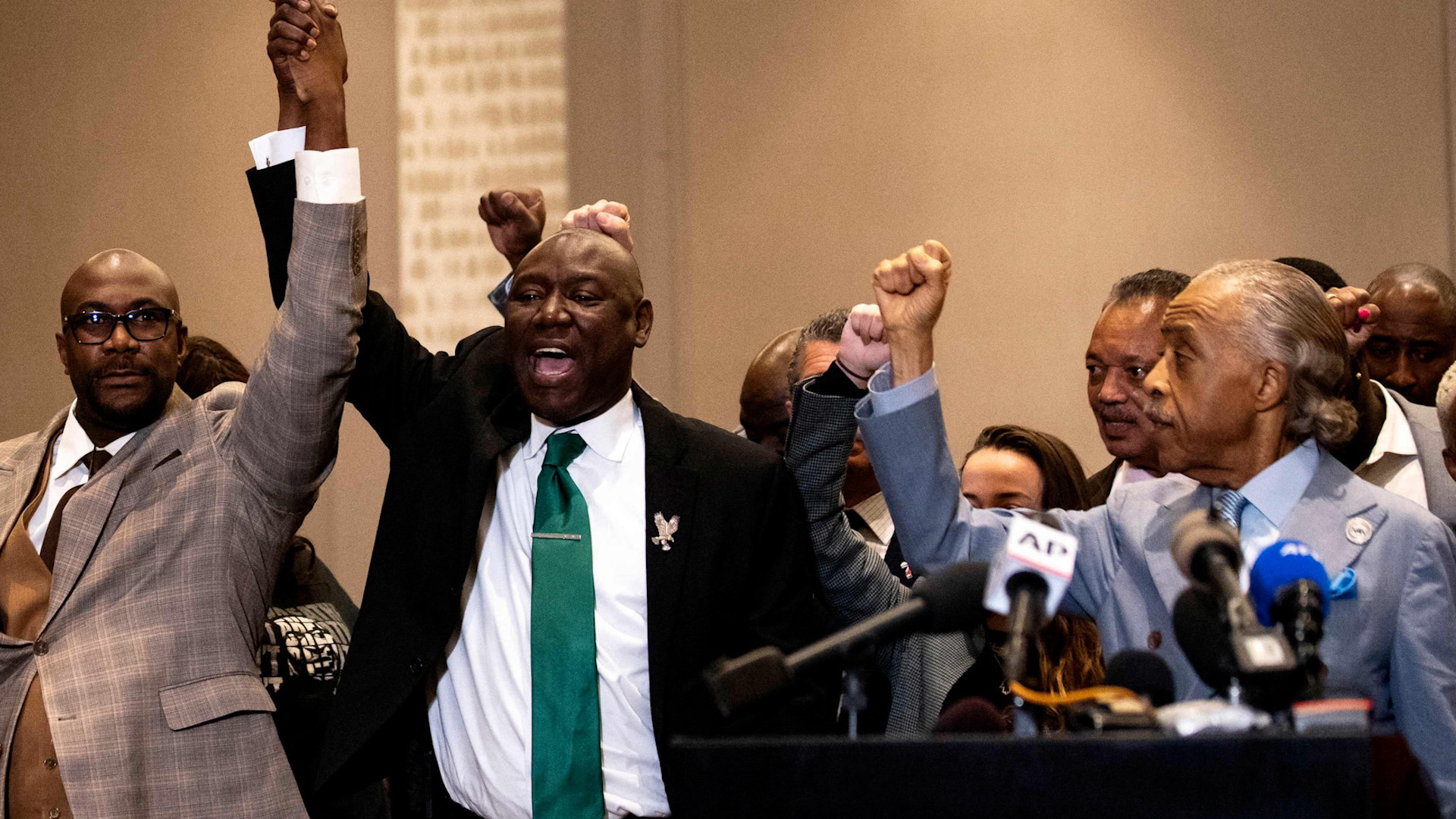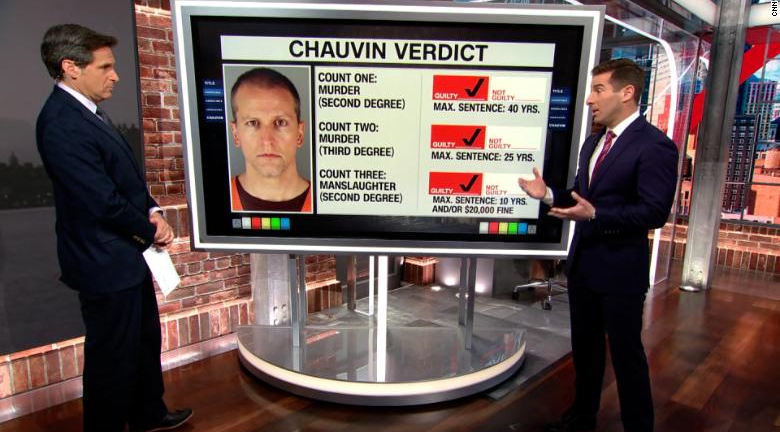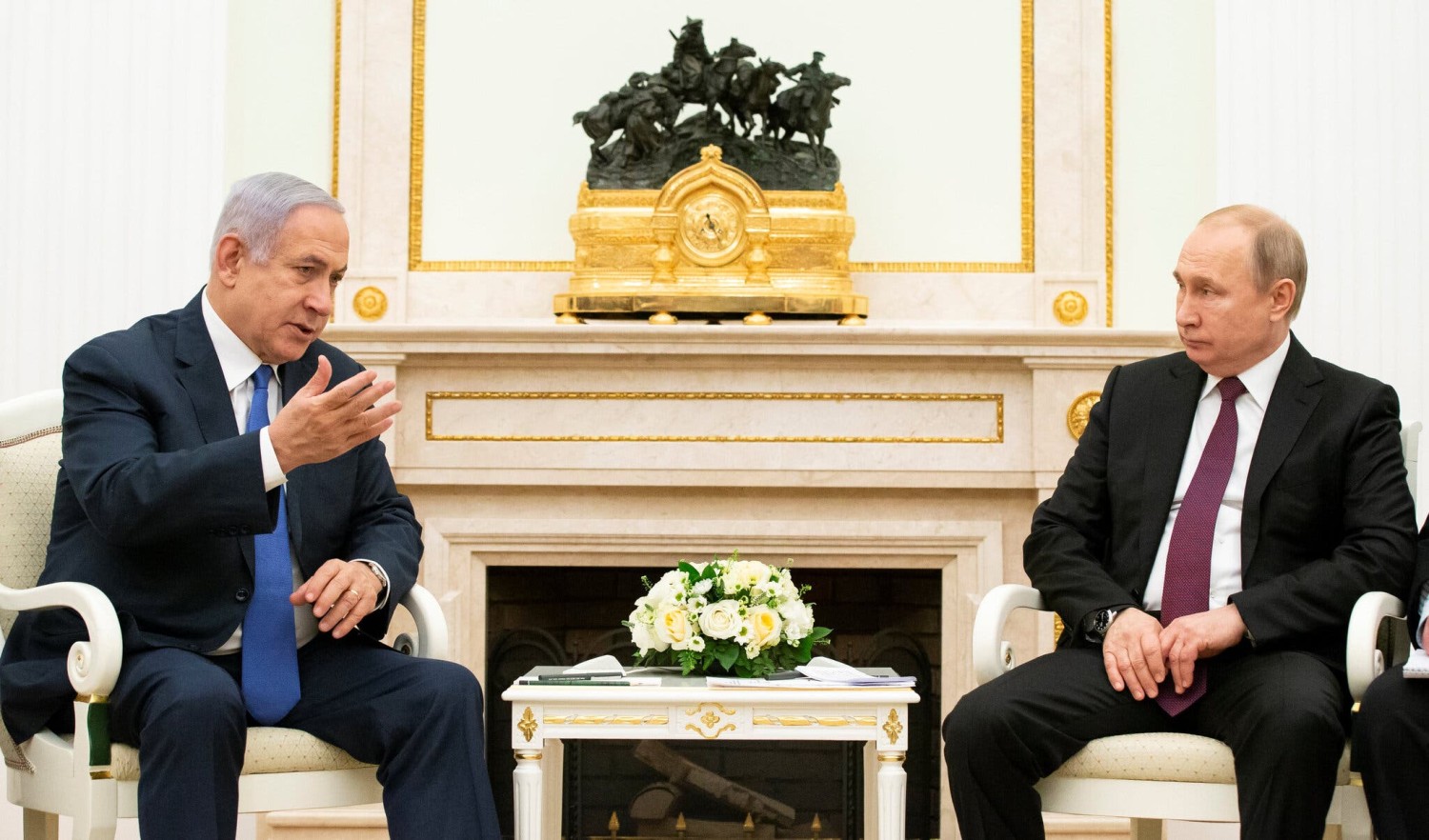
This article is more than
5 year old'I do not support invoking the Insurrection Act': Defense Secretary Esper breaks with Trump on use of troops
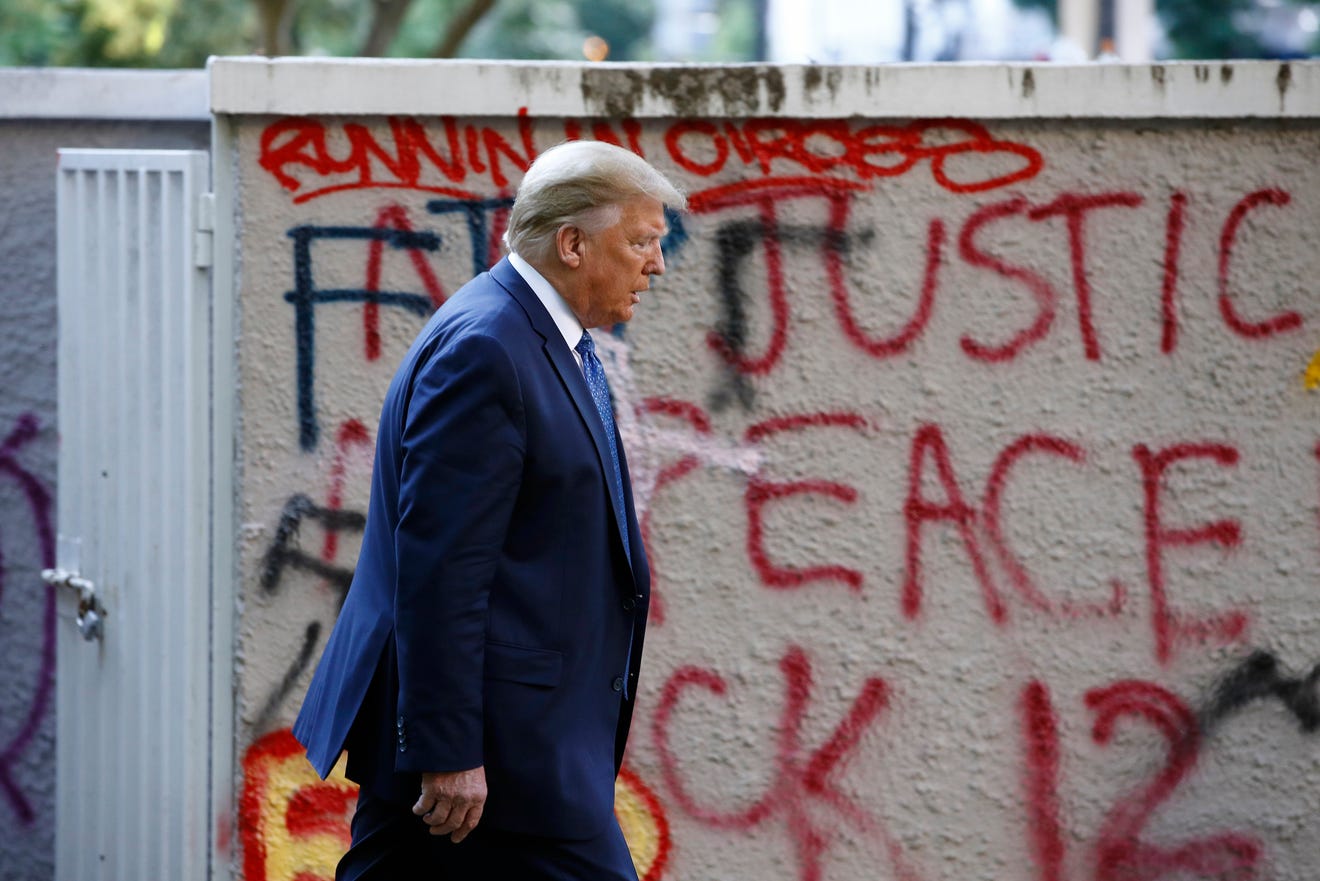
Defense Secretary Mark Esper said Wednesday he opposes using the U.S. military to quiet domestic unrest in a break with President Donald Trump who has threatened to deploy federal troops to "dominate the streets."
"I say this not only as Secretary of Defense, but also as a former soldier, and a former member of the National Guard: The option to use active-duty forces in a law enforcement role should only be used as a matter of last resort, and only in the most urgent and dire of situations. We are not in one of those situations now," he said.
"I do not support invoking the Insurrection Act."
Two administration officials, speaking on condition of anonymity, said Trump was angry with Esper’s comments and felt like the defense secretary left the impression it was his decision on whether to invoke the Insurrection Act.
"If a city or state refuses to take the actions that are necessary to defend the life and property of their residents, then I will deploy the United States military and quickly solve the problem for them," Trump said.
'Law and order':Trump returns to 2016 theme as violence spreads after George Floyd death
More:DC Mayor Bowser vows to 'push back' on increasing federal presence in George Floyd protests
While Trump has the legal authority to invoke the Insurrection Act, many, like Esper, caution against the use of troops to quiet domestic unrest.
"No level-headed governor is asking for an even more militarized response to civilian protests against police brutality and systemic racism – for good reason," said ACLU National Security Project Director Hina Shamsi.
Michèle Flournoy, who served as under secretary of defense for policy during the Obama administration, said, "Previous presidents have understood the extreme sensitivity of using the U.S. military against American citizens or in confronting American citizens."
Esper said the National Guard is best suited for domestic situations in support of local law enforcement.
Trump and Esper have differed sharply and publicly in the past.
Esper said in January that he had not seen specific evidence that Iran planned an imminent attack on U.S. facilities, an assertion Trump made in part to justify a lethal drone strike on Iranian Gen. Qasem Soleimani in Baghdad. He also contradicted the president’s threat to target Iranian cultural sites, saying at the time that the United States would “follow the laws of armed conflict.”
Esper told reporters last year that he urged Trump not to intervene in the cases of three military members who were accused or convicted of war crimes. Pentagon officials were reportedly caught off gaurd by a Fox report that Trump would offer pardons in those cases.
After Trump's Rose Garden news briefing on Monday, Esper and other administration officials accompanied the president on a controversial walk from the White House to a nearby church after protesters were forcefully cleared from the area.
Esper told reporters Wednesday he knew the president planned to take him and other administration officials to the St. John's Episcopal Church. But he said he did not know the president planned to walk there to pose with a Bible or that the protesters were being driven out.
"I did know that we were going to church, I was not aware that a photo-op was happening," Esper said.
He said he believed the group was going to review the damage demonstrators had caused the day before in Lafayette Square and at St. John's.
"What I was not aware of was exactly where we were going, when we arrived at the church and what the plans were once we got there," Esper said. He told reporters he wanted to clarify remarks he made to NBC News the night before, which implied he did not know they would be going to the church.
Historic church:St. John's Church has intersected with Donald Trump at key moments of his presidency
Esper said he and Chairman of the Joint Chiefs of Staff Mark Milley thought they would have be able to thank members of the National Guard for their service during the walk, but "the path we took to and from the church didn't afford us that opportunity."
When asked if he knew National Park Police would use "strong measures" to drive out peaceful protesters, Esper said he was "not aware of what they were doing."
"I was not aware of law enforcement plans for the park. I was not briefed on them, nor should I expect to be," Esper said. "But they had to take what actions I assume they felt was necessary, given what they faced."
Esper said he was on his way to the White House when the area was cleared of protesters.
"That was not a military decision. It was not a military action. The National Guard was there in support of law enforcement," he said.
William Barr:Attorney General ordered park protesters cleared before Trump's visit to St. John's church
Esper and Milley were sharply criticized for their participation in the event. James Miller, a member of the Pentagon's Defense Science Board, resigned in response to the incident, telling Esper he violated his oath to defend the Constitution.
"You may not have been able to stop President Trump from directing this appalling use of force, but you could have chosen to oppose it. Instead, you visibly supported it," James wrote in his resignation letter.
The Defense secretary addressed some of the criticisms the Pentagon has faced during Wednesday's news conference.
Esper said National Guard members did not fire rubber bullets or tear gas into the crowd, though he did not address whether other security forces may have. And he said the guardsmen wore helmets and body armor for their protection, "not to serve as some form of intimidation."
Tear gas vs. pepper spray:Debate over methods used to clear Lafayette Square turns political
He confirmed a National Guard medevac helicopter "hovered low" over the protesters and said he had directed Secretary of the Army Ryan McCarthy to conduct an inquiry into what happened.
"I want to make sure I understand why," he said. "Who was involved? And what orders they were given or not given." Esper contested the idea that the hovering helicopter was used to intimidate protesters but said flying that low in a city "looks unsafe to me."
"There's a lot of questions that need to be answered," he said.
Esper also acknowledged he had advised Minnesota Gov. Tim Walz that the best way to stop the violent protests was "by dominating the battle space." Critics said the phrase implied the protesting citizens were enemy combatants but Esper said it was a commonly used phrase from the "military lexicon" to "describe a bounded area of operations."
"It's not a phrase focused on people, and certainly not on our fellow Americans," Esper said. "In retrospect, I would use different wording, so as not to distract from the more important matters at hand or allow some to suggest that we're militarizing the issue."
The secretary of defense said the military is "sworn to defend" the First Amendment right to free assembly and "we encourage Americans at all times to exercise them peacefully."
He said Floyd's death was a "murder" and a "horrible crime" but he had refrained from commenting on it sooner because he wanted to stay out of the political fray.
"My aim is to keep the department out of politics, to stay apolitical," he said.
"For well over two centuries, the United States military has earned the respect of the American people by being there to protect and serve all Americans," he said. "We will safeguard the hard-earned trust and confidence of the public as our nation's most respected institution."
Contributing: Michael Collins, David Jackson and The Associated Press
Minnesota:National Guard plans to deploy as many as 10,000 soldiers to Minneapolis protests
